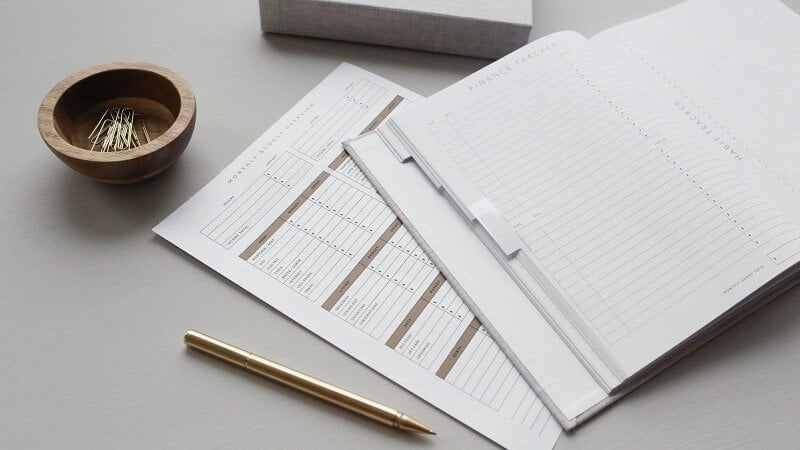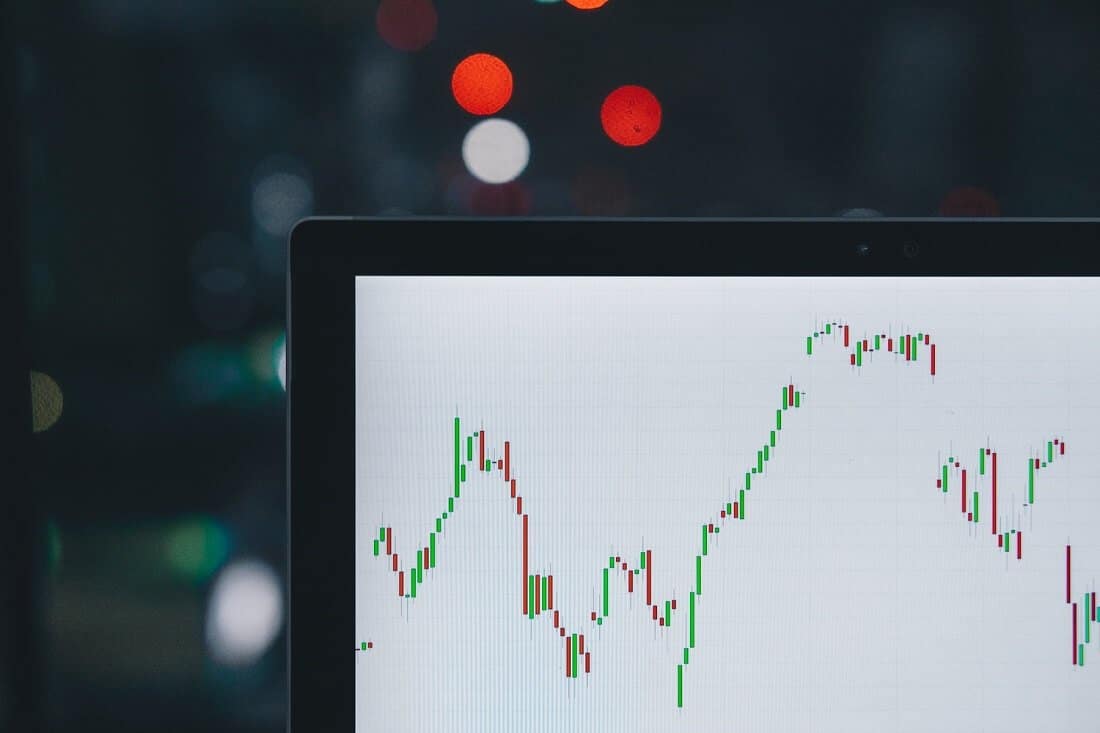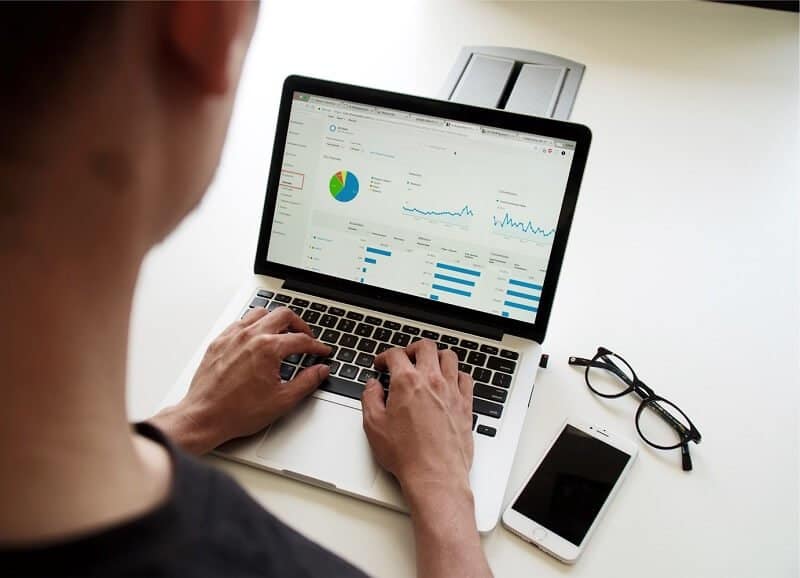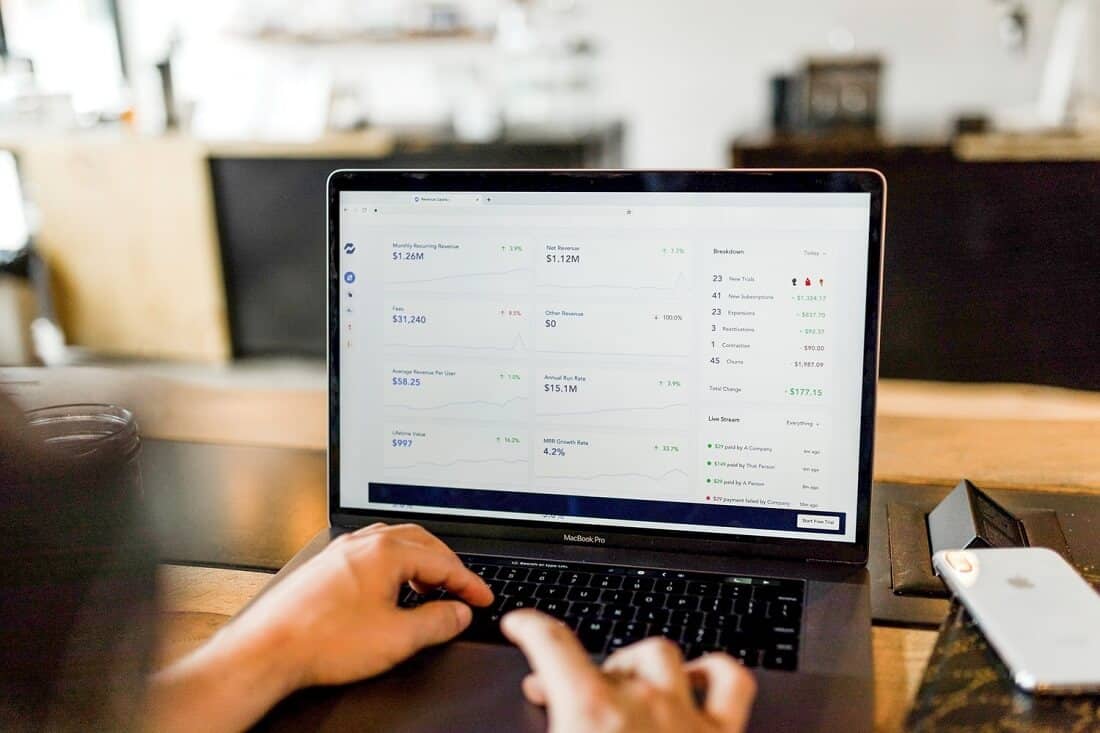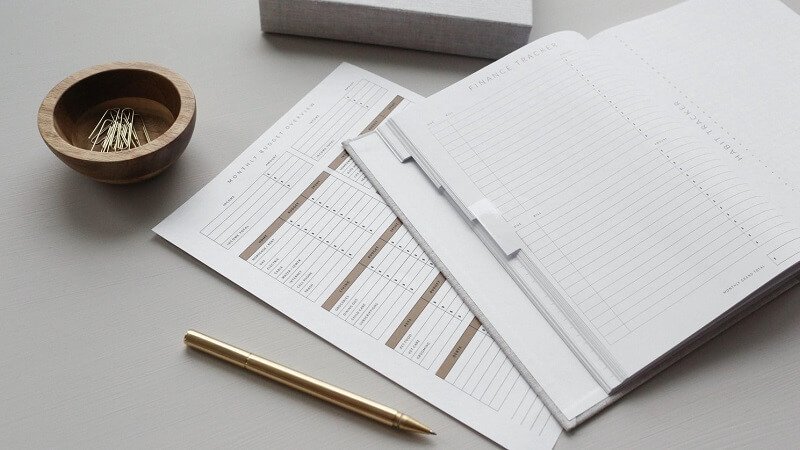
If you are risk-averse but want to become a successful trader and investor choose online tools for trading as an aid to reach your goals.
Online tools for stock trading and investing must tell you the information needed to make a successful trade and provide you advanced research to boost your profit. By using online tools for trading and investing in the stock market, or any other market can streamline the whole process, from choosing a stock to exit with profit. For example, when the ups and downs, even small changes, in the market are present you’ll need a tool to time them. Some of these online tools for stock trading can be very useful, valuable, and profitable for beginners.
What online tools for stock trading to add to your trading toolbox?
The most powerful tool is your knowledge of technical and fundamental analysis, that’s the truth. But some advanced technology can aid your trading. These online tools for stock trading are extremely important in your decision-making process, in buying and selling stocks. The technical analysis will show you the price trends of stock. So, you’ll need it to know to recognize trends for the particular stock to be able to decide will you buy it or not. But technical analysis isn’t enough. You’ll need more tools for stock trading.
You’ll need fundamental analysis. This tool will help you to evaluate the company’s strength to grow further. This information is also very important before you make any decision on whether to buy or sell the stock.
The importance of online tools for stock trading
In fundamental analysis, tools for stock screening are a good starting point. When you pick the stocks and add them to your investment portfolio, you’ll need tools to track them and manage your portfolio.
Tools for stock screening
Stock screening tools can identify companies according to your investment goals. They can provide you information about the company, industry, market capitalization. Stock screeners allow you a fast search for a stock based on the rules you’ve set. Almost all trading platforms have screeners. But you would like some with in-depth screening capacities that will help you to really recognize all trade opportunities. Also, you’ll need charts, market maps, and quotes. Moreover, by using them you’ll be able to examine revenue growth, valuation ratio, and many other ratios.
Portfolio tools
For example, portfolio tools. They will allow you to maintain the balance in your portfolio. Let’s say, the small-capitalization stock has a strong run. What is the role of the portfolio tool here? It will allow you to cut that stock and allocate your funds to other assets.
For technical analysis, the most important is to use interactive and advanced charting tools. If you use charts as one of the online tools for stock trading you can easily set trendlines and moving averages to determine the wanted pricing pattern.
Charting is essential for traders that use technical analysis. It gives them a possibility to evaluate past movements and to predict future performance by recognizing the patterns. When you can dig deep into the history of some stock, you’ll be able to understand when and why the stock was volatile, what forces them to move in a particular way. Some online brokers offer charting. When you do so you’ll be able to decide to buy or sell stock in an easy and trustworthy way.
Take advantage of stock trading technology
If you don’t use them, you are missing out maybe the best trade in your entire life. Everyone would like to boost returns. Some strong trading platforms could help you. Find a broker with a robust platform. Well, there can be some disadvantages. For example, brokers with superior trading platforms will charge you higher trading commissions. Maybe they will limit the number of trades, or demand the minimum number of your trades. Even more, some will require a minimum account balance to give you access to the platform.
Traders-Paradise fully recommends TD Ameritrade. Read more HERE.
Tools for idea generation
You might have different ways to come up with trade ideas. But you can also subscribe to some online services. In this way, you’ll have market updates in real-time, which is extremely important. This kind of service will provide you previews to initial public offerings, reports about rising growth stocks, stock trends.
Online tools for stock trading cover financial statements, company news, and reports that are written by experts. When you use them, you ‘ll have a precise idea of how the company is doing. Maybe you get some new trading ideas. The more analysis is available, the better.
The other online tools for stock trading
Choosing the right online tools for stock trading isn’t an easy task. You have to know what you want to get. Also, an important point is to recognize what you are not scared to lose.
But remember, not one tool will help you make an investment decision. Some online tools you should use to analyze your investments. For example, if you want to evaluate stock use assets valuation, discounted cash flow, P/E ratio, or EV/EBITDA (enterprise multiple) to determine the value of the company. Also, debt to equity, current ratios, and quick ratio are important tools. The next group of online tools for stock trading could be sales turnover, returns on equity and on capital, and assets turnover. All of them you can find also online.
Bottom line
These are some of the online tools for stock trading used for estimating the position of the company. But there are some tricky parts. Even if the company shows great results in all criteria you apply, you still don’t have to invest in it. You’ll need more, let’s say, tools. That’s your ability, your sense, your guts, feelings. Someone said that trading is more an art, not a science. If you aren’t an artist in the trading, you’ll end up with the poor results from your trades. Relying on online tools only can be wrong, almost the same if you never use them.
We don’t want to say you’ll need an esoteric, spiritual knowledge, but you have to feel the spirit of trading. You must have it in your bones to be really successful. Otherwise, you’ll be one in a crowd. But you would like to be exceptional. Remember, trading or investing doesn’t lie in an Excel sheet or trading platform. It lies in your heart, lives in your mindset, survives in your mind. Don’t get us wrong, results, numbers, all that math, algos are important. But you must feel trading. You have to live it.



